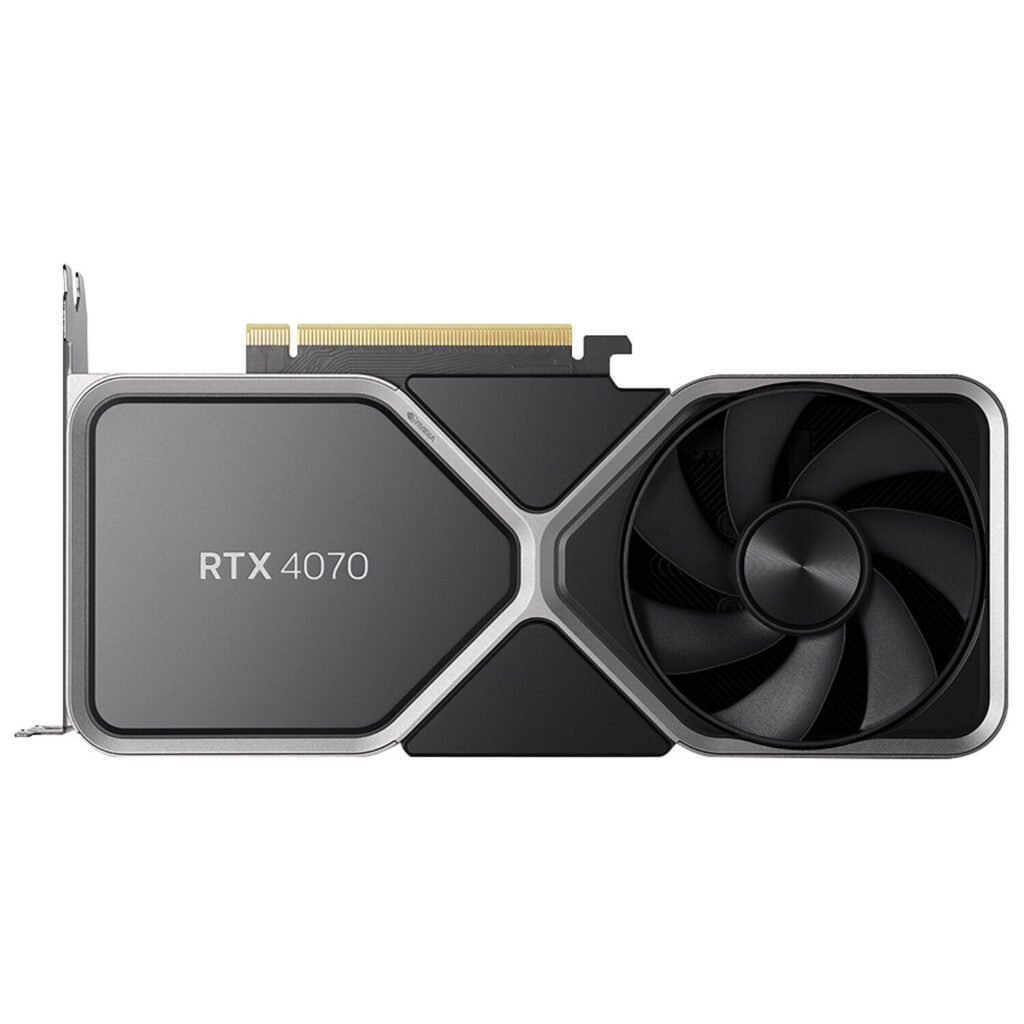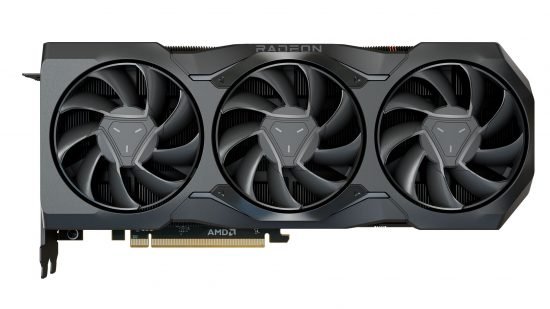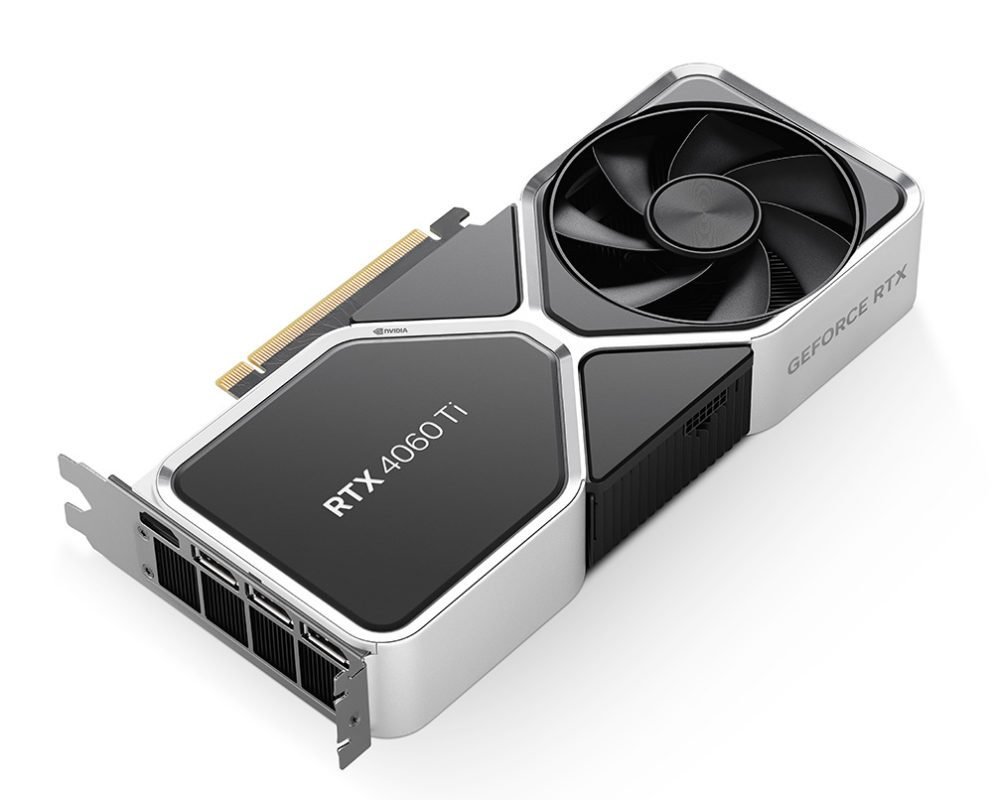Due to the availability of a wide variety of graphics cards, selecting the right one can be a rather complex task Understanding the essence of the top options is essential.
If you consider yourself a PC gamer, or someone who spends much time these days creating content that relies on a powerful graphics accelerator, then your video card becomes the key behind your performance and the ability to tell others ‘Listen, I got a graphics card that’s X times better than yours’ .
However, deciding on which graphics card is the best for your particular system or even whether you require an additional graphics card at all, might appear to be a more complicated endeavour than it truly is. But it will cost you a considerable amount of money, so the choice requires considerable attention and proper decision-making. Namely, when choosing a new card which is going to be issued for you, it is better to choose the card with the highest possible conditions within your possibilities. The user guide presented here is aimed at helping you through the rich list of video cards to choose from for your desktop PC, to consider some tips in the case of system upgrade, and, finally, to determine whether a specific video card is worth the investment. It is crucial to ensure that we help you always escape these two extremes and provide what you need.
Check out our selection of the best AMD and Nvidia graphic cards and the honk: a potential contender from Intel’s Arc series. As per our observation, we have arranged recommendations in increasing order to address the preferred gameplay resolution. In case we think that one brand is more suited for the role then we shall list the most appropriate NVidia and AMD GPUs for each of the positions. These tips have been provided to help you with the job of determining which graphics card best suits your needs, and the specifications of our chosen graphics cards have been outlined below. Welcome to our extensive choice – let us discuss it and select the best solution for You.
Nvidia GeForce RTX 4070

The GeForce RTX 4070 from Nvidia belongs to the midrange category within the RTX 40 series, built on the Ada Lovelace architecture.
Pros
- Impressive gaming performance
- Expensive, but better value
- DLSS 3
Cons
- Still relatively expensive
- Not great at 4K
IThe Nvidia RTX 4070 strikes a balance between performance and cost, offering flexibility in budget allocation. Slightly trailing AMD’s RX 7900 XT but with a $300 MSRP discount, it features Ada Lovelace architecture, akin to the powerful RTX 4090. Despite its slightly lower robustness, the RTX 4070 packs 12GB of GDDR6X VRAM for efficient gaming. A top-notch choice for a well-balanced gaming experience!
This positions it as an excellent choice for 4K gaming, especially when DLSS is activated, and the remaining specifications complement this capability. With 5,888 shader units, it excels at handling high-fidelity gaming, and the 2.48GHz boost clock speed rating adds to its prowess. Additionally, it boasts exceptional ray tracing support, a feature present in all Nvidia RTX 40 GPUs, including this one. When combined with the dark magic-like functionality of DLSS, this graphics card becomes an impressive option that aligns with the budget considerations of most users shopping for a GPU.
AMD Radeon RX 7600

Why We Chose It:
The AMD Radeon RX 7600, utilizing the RDNA 3 architecture, delivers outstanding performance at 1080p resolution. With enhanced ray-tracing capabilities, increased core count, and improved clock speed compared to its forerunner, it stands out in terms of features. The inclusion of 8GB of GDDR6 RAM makes it ideal for 1080p gaming. What’s even better is that this card is available at a budget-friendly price, starting as low as $269, making it a considerably more affordable option compared to many faster alternatives.
PROS :
- Effective performance at 1080p resolution
- Competitively priced
- 8GB of GDDR6
- The compact design of the reference board indicates that streamlined partner-card designs are achievable.
CONS :
- Poor performance above 1080p
- Lackluster showing in legacy games
For an affordable solution that optimizes your 1080p gaming monitor, the Radeon RX 7600 is the ideal choice. While it may not deliver the same performance at 1440p and 4K, it excels in running most games at peak settings with a solid 60fps at 1080p. Boosting frame rates is a breeze – you can achieve this by tweaking graphics settings or utilizing AMD’s FSR tech in compatible games. The decision comes down to your preference: prioritize stunning graphics or a faster refresh rate for an enhanced gaming experience.
AMD Radeon RX 7900 XTX

The RX 7900 XTX stands as the latest flagship graphics card from Radeon, presenting substantial improvements across various resolutions compared to the previous RX 6000 generation of GPUs.
Pros
- Solid gaming performance
- Performance likely to improve with age
- Can handle 4K
Cons
- High power draw
- Pricey
The AMD Radeon RX 7900 XTX, AMD’s flagship graphics card, tops our recommendation list for its outstanding RDNA 3 architecture performance. Crafted with a 5nm/6nm manufacturing process, it boasts a base clock speed of 2.3GHz (boosting to 2.5GHz). Paired best with a Ryzen CPU, it offers enhanced memory utilization benefits. With 24GB of GDDR6 on a 384-bit bus, this card delivers a remarkable memory bandwidth of 3,500GB/s, ensuring an exceptional gaming experience.
In terms of cores, the AMD Radeon RX 7900 XTX boasts 6,144, falling slightly behind NVIDIA’s RTX 40 series GPUs. However, it compensates with faster clock speeds and enhanced memory bandwidth. This graphics card encompasses standard high-end GPU features, including support for ray tracing and AMD’s remarkable Radeon Super Resolution—an equivalent of NVIDIA DLSS for AMD GPUs. Keep in mind that installing this card will occupy around 3 PCI slots within your PC case, and with a length of 287mm, ensure your chassis can accommodate such dimensions. A robust power supply is necessary, as AMD recommends a minimum of an 800W PSU, given that the Radeon RX 7900 XTX can draw up to 355W of power.
In our comprehensive review, we’ve determined that the AMD Radeon RX 7900 XTX stands as the most potent GPU from AMD. Through thorough testing, we’ve established its performance to be on par with the NVIDIA GeForce RTX 4080 GPU, yet it comes with a considerably more budget-friendly price tag. Playing all your favorite games at 4K is a breeze with this GPU. Priced at an MSRP of $999, it’s not the most affordable option but represents a more reasonable cost for a flagship graphics card. Additionally, based on past experiences, AMD has demonstrated a commendable ability to enhance overall graphics card performance through regular driver updates.
Nvidia GeForce RTX 4060

Best Graphics Card for High-Refresh 1080p Gaming AMD or Nvidia
Why We Chose It:
Nvidia’s GeForce RTX 4060 graphics cards deliver impressive performance at a reasonable $299 price point. Beyond serving as a notable improvement over the last-gen RTX 3060 models, these cards boast enhanced ray-tracing capabilities and can utilize DLSS 3 for a performance boost in select games. With 8GB of GDDR6, a quantity well-suited for a 1080p graphics card, the RTX 4060 stands out as a clear and compelling choice.
PROS
- Excellent ray-tracing performance for a lower-cost card
- Supports DLSS 3
- 8GB of video memory
- Competitive price
CONS
- Lackluster performance at higher resolutions
- Some issues running older games
The RTX 4060 is well-suited for gamers aiming to experience many modern titles at their highest settings in 1080p, delivering excellent image quality. It stands out as an excellent choice for those prioritizing optimal visual performance at this resolution. If you’re willing to compromise slightly on image quality for a more budget-friendly option, there are alternatives to consider. However, when it comes to uncompromised 1080p gaming with maximum settings, the RTX 4060 is arguably the most fitting choice without exceeding your budget. Keep in mind that for demanding 2K or 4K gaming, this card may not be the most suitable solution.
Intel Arc A770 Limited Edition

Achieving RTX 3060-like performance, featuring ray tracing, XeSS, DisplayPort 2.0, and HDMI 2.1, all neatly bundled in a compact package priced at $349. Plus, it comes with a generous 16GB of VRAM.
Intel has entered the graphics card arena, and its leading GPU is the Arc A770 Limited Edition, often referred to as the “Founders Edition” by Intel. While Intel’s new GPUs aren’t directly challenging the best from Nvidia and AMD, our testing of the Intel Arc A770 reveals it to be a capable performer for 1440p gaming. Under the hood, the GPU houses 32 Xe cores, 8 render slices, 32 ray tracing units, and 512 XMX engines, making it well-suited for both 1080p and 1440p gaming. Enabled with ray tracing in games, the Intel Arc A770 demonstrates competitive performance, holding its ground against some of Nvidia’s older RTX GPUs.
Pros
- Good value
- Solid 1080p performance
- Drivers continue to mature
Cons
- Weaker 1440p performance
- Requires Resizable BAR
For creative tasks, the A770 proves well-equipped, featuring support for HDMI 2.1, DisplayPort 2.0 external displays, and a pioneering hardware AV1 encoder. While AV1 adoption is currently limited, Intel’s inclusion positions the A770 as a budget-friendly entry into the future of this codec. Despite its reference design, the A770 Limited Edition operates quietly, managing a 225W power draw. With an initial setting of 190W, adjusting the power limit and making simple performance tweaks can unlock additional capabilities. It’s essential to note some drawbacks, such as the absence of hardware support for DirectX 9, and varying performance in DirectX 11 games.
Intel has delivered without overpromising, and the Arc A770 performs comparably to an Nvidia GeForce RTX 3060, all at an affordable price point. It emerges as a cost-effective choice, particularly when contrasted with the latest offerings from AMD and Nvidia.
When selecting a graphics card, carefully consider your system requirements and budget constraints. Ensure compatibility with your case size, power supply, CPU, and other supporting components. Purchase the most powerful graphics card within your financial means, but adhere to your planned budget. Remember, you can always upgrade to a better graphics card in the future. However, it’s crucial to shop reasonably, as the best card within your current budget is likely the most suitable option. With these considerations in mind, explore our curated parts recommendations, make an informed decision, and proceed with confidence in your purchase.

